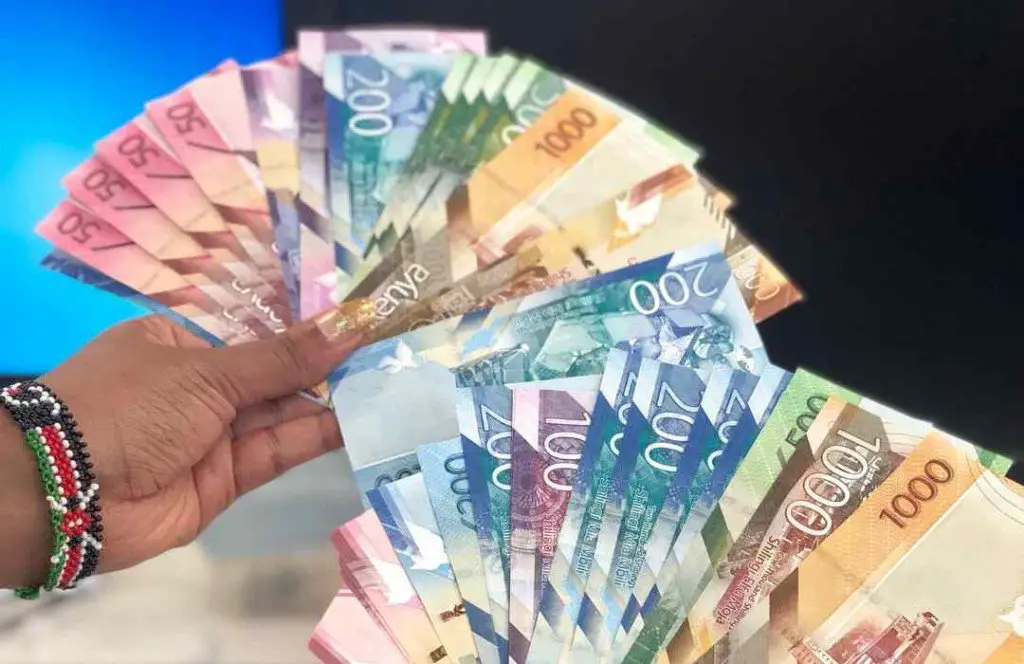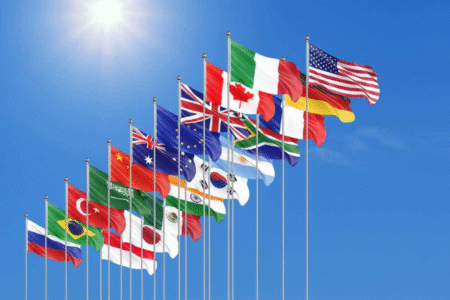- Remittances to Kenya dropped by $32.8 million as the economies in the source markets continued to grapple with higher inflation.
- Education, healthcare, and household needs are the main uses of remittances in Kenya, an analysis by WorldRemit indicates.
- The shilling’s exchange rate against the dollar has not been stable in the period under review
Kenyans working and living abroad sent home $32.7 million (KSh4.3 billion) less in June compared to the previous month. Latest monthly data by the Central Bank of Kenya (CBK) show remittance inflow for the month totaled $371.6 million (KSh48.48 billion), an 8 per cent decline from the previous month when remittance inflow totaled $404.4 million (KSh52.76 billion).
However, compared to the same period last year, the receipts in June were a 7.4 per cent increase compared to the $345.9 million or (Sh45.1 billion) reported during the comparable month in 2023.
“The cumulative inflows for the 12 months to June remained steady at $4,535 million (Sh591.6 billion) compared to $4,017 million (KSh524.1 billion) in a similar period in 2023, an increase of 12.9 per cent,” the CBK says in its weekly bulletin.
“The remittance inflows continue to support the current account and the foreign exchange market.”
The US remained the largest source of remittances to Kenya, accounting for 54 per cent in June 2024, the Central Bank added. Other top sources of remittances were Canada, the United Kingdom, Germany, Saudi Arabia, the United Arab Emirates, and Australia.
Although the apex bank did not give reasons for the decline in inflows, the relatively high inflation in the US where most remittances originate might have shrunk senders’ disposable income.

Western Union’s inaugural Global Money Transfer Index says about 67 per cent of Africans abroad send more money when the currency value falls in their receiving country, with 65 per cent of receivers agreeing that when currency values fall, they get more money.
In other terms, a weakening greenback against the local currency means receivers back home are not earning more in exchange as they used to be when the shilling was on a depreciating trend.
According to World Remit research, Kenya is one of the top recipients of remittances on the continent, with the country’s primary uses being for household needs, healthcare and education.
Read Also: Fresh M-PESA deal to enable remittances flow to Ethiopia from 40 countries
Remittances to Kenya Drop by $32.8 Million
Kenyans have also been investing more in the capital market and real estate in recent years, with the US, Canada, and the UK leading the way.
The inflows have also continued to support the Kenyan shilling which hit a record low of Sh161 to the dollar sometime in January, as the country experienced a dollar shortage on the back of high demand by importers during the period.
Education, healthcare, and household needs are the main uses of remittances in Kenya, an analysis by World Remit indicates, with the country being among the top receivers in the continent.
This comes with the US remaining the leading source of remittances to Kenya, ranked third among biggest recipients in Sub-Saharan Africa, after Nigeria and Ghana.

“The resilience of remittances underscores their importance for millions of people,” said Dilip Ratha, lead economist and lead author of the report. “Leveraging remittances for financial inclusion and capital market access can enhance the development prospects of recipient countries. The World Bank aims to reduce remittance costs and facilitate formal flows by mitigating political and commercial risks to promote private investment in this sector.”
The World Bank observes that remittance flows to Sub-Saharan Africa hit $54 billion last year, a marginal dip of 0.3 percent. “Remittances supported the current accounts of several African countries that were dealing with food insecurity, drought, supply chain disruptions, floods, and debt-servicing difficulties,” the World Bank explains.
Across the continent, the Gambia, Lesotho, Comoros, Liberia, and Cabo Verde were observed to be the countries highly dependent on remittances. The global lender projects that remittance flows will grow by 1.5 percent this year.
Uses of diaspora remittances
Most of the money sent back home goes to support the education and medical needs of friends and families back home, notes Sharon Kinyanjui, WorldRemit’s Director for Europe Middle East and Africa Receive Markets.
“We historically see high transaction volumes during back-to-school seasons, highlighting the strong link between remittances and education,” said Kinyanjui.
According to the global payments firm, the emergence of digital payments and concepts such as mobile wallets has brought more people into the financial system and greatly contributed to the steady increase in remittances inflow over the past decade. Firms that have championed a digital-first model have benefited from this trend.
“We continue to grow in Kenya and across the region in part thanks to our digital payout channels. Although users can still pick cash at selected locations, more of them are opting for mobile and bank payout option,” said Kinyanjui.
The firm, which has a presence in more than 150 countries, 2020 processed over 50 million customer payments worth approximately $10 billion (Sh1.08 trillion) in total.
Read Also: February remittances to Kenya hit $385M on easing US inflation











